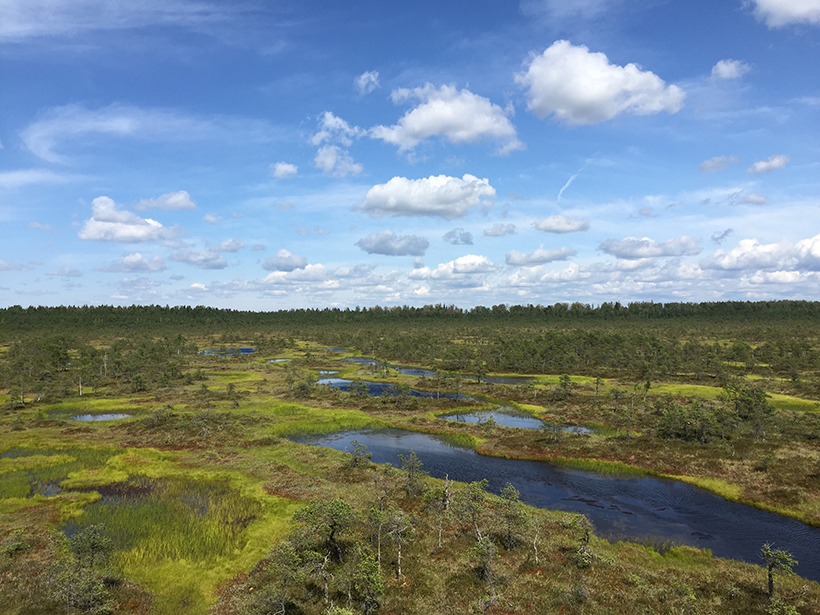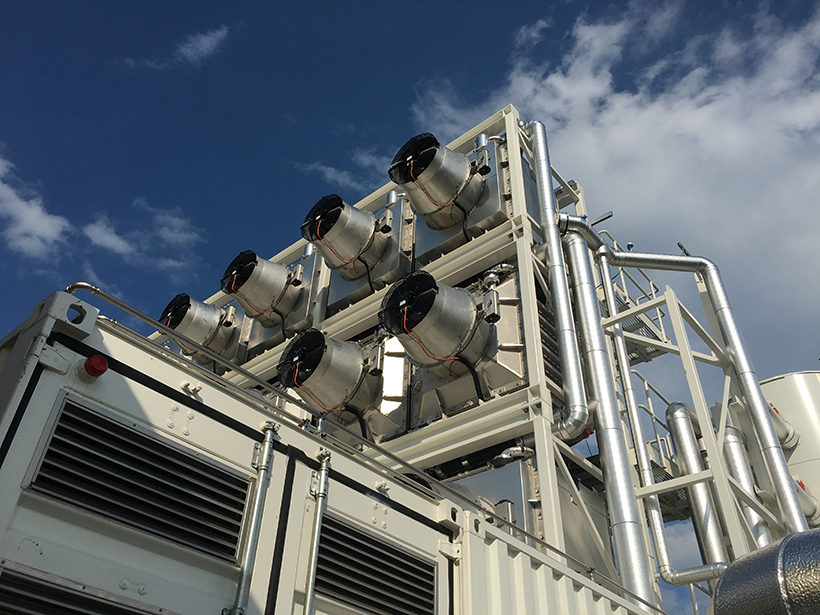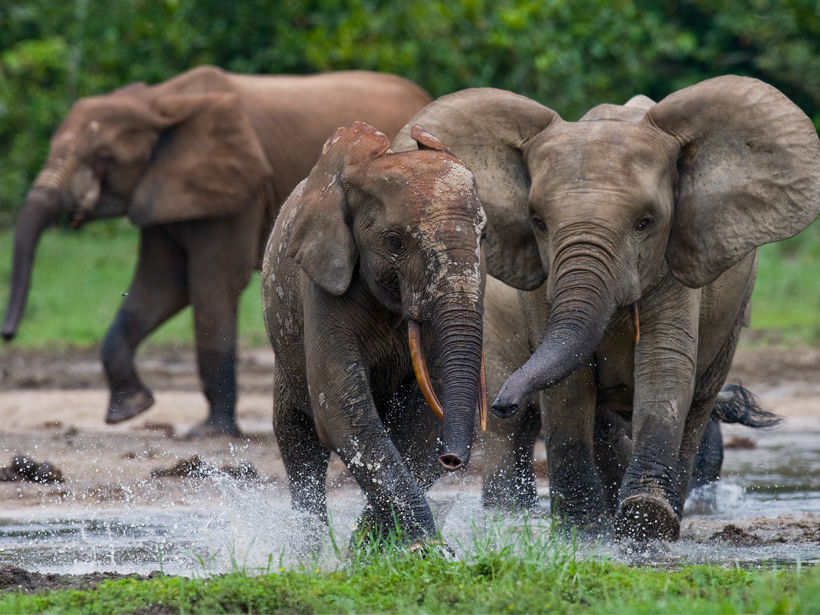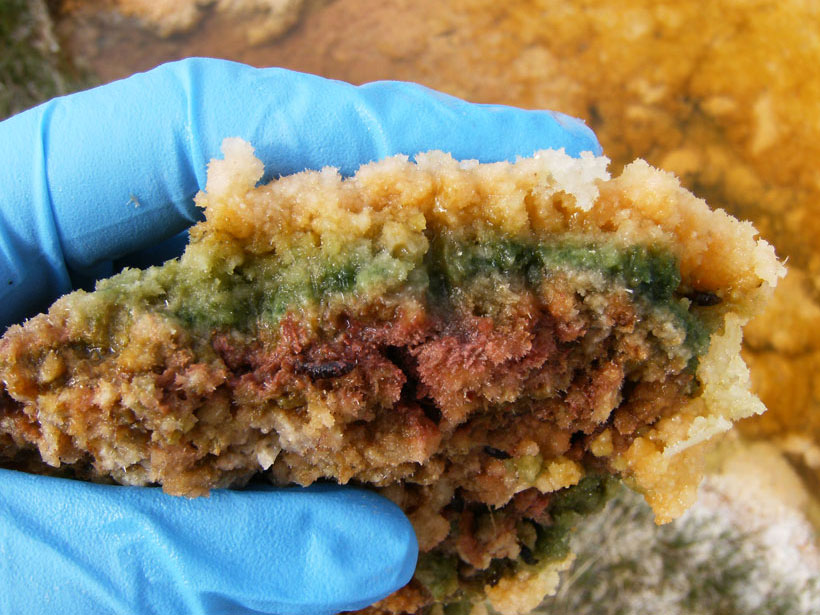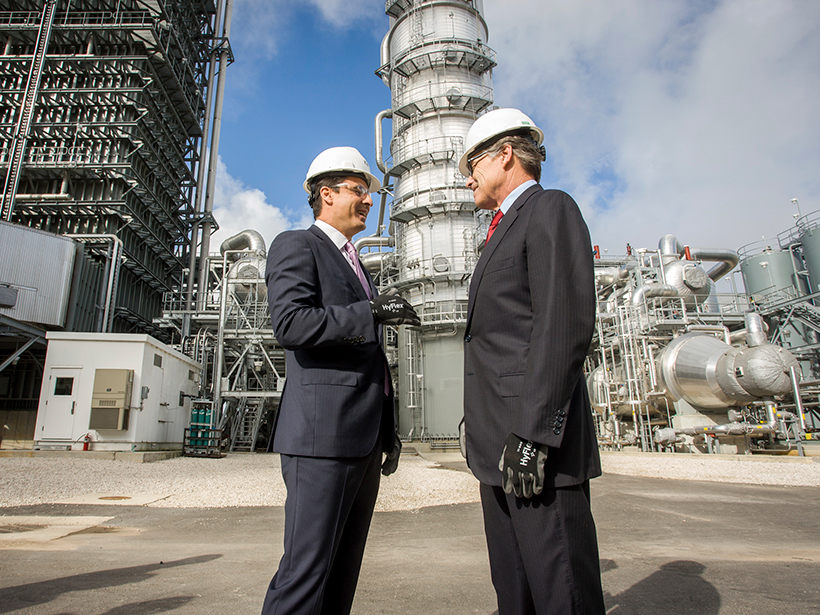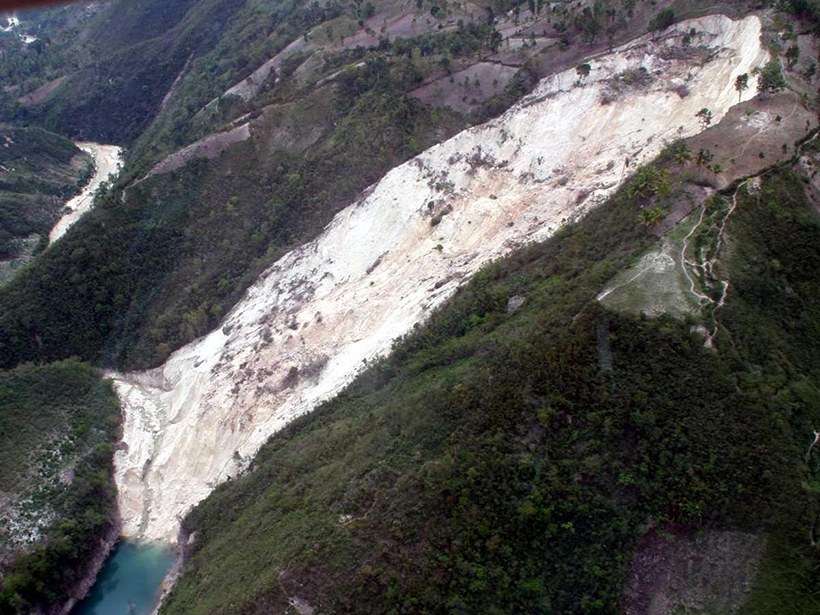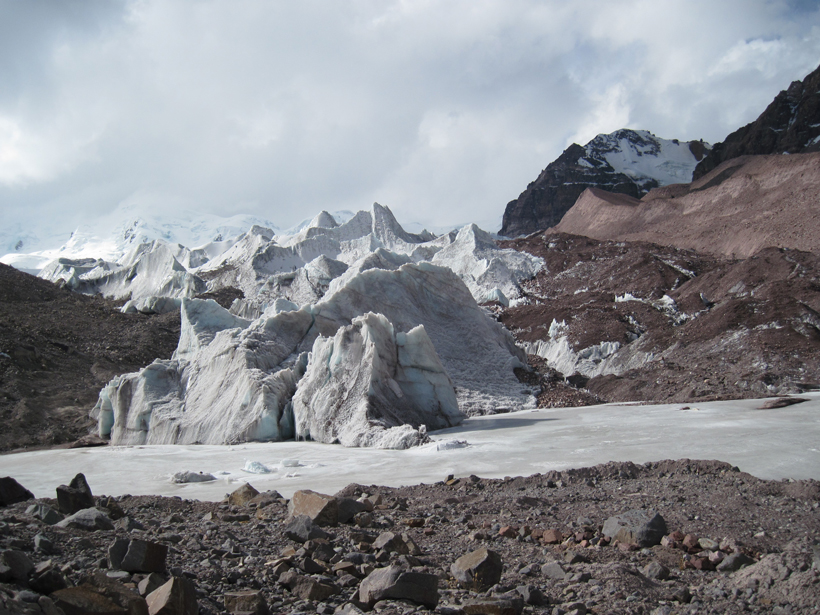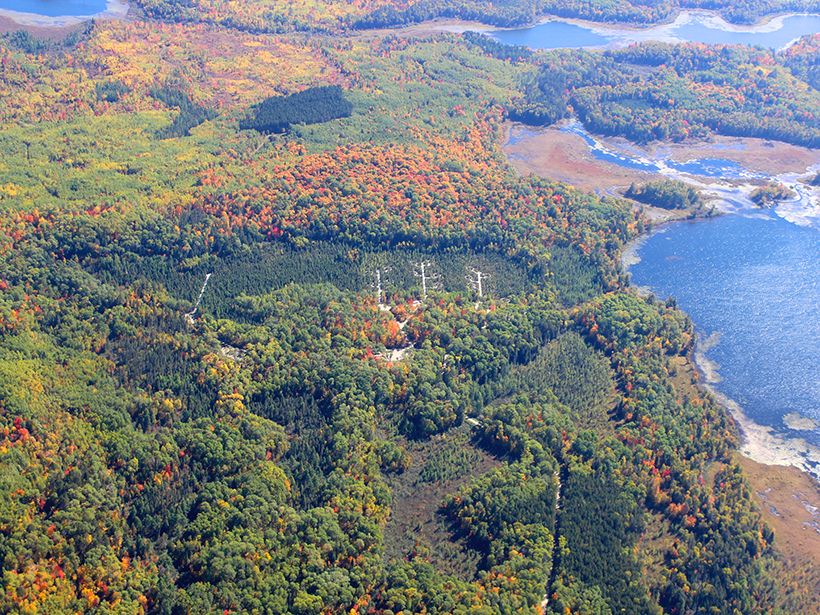New research suggests that combining ship- and float-based observations provides a more accurate measure of how much carbon the Southern Ocean absorbs.
carbon capture & sequestration
Peatlands Are Drying Out Across Europe
Peatlands are some of the world’s largest reservoirs of soil carbon, but new research finds that in Europe they are drying out, putting them at risk of turning from carbon sinks to carbon sources.
Resilient Peatlands Keep Carbon Bogged Down
Boreal peatlands contain some of the world’s largest reservoirs of soil carbon, and new research suggests some peatlands may hold on to that carbon even as the climate changes.
Studying the Societal Dimensions of Atmospheric Carbon Removal
Workshop on Human/Societal Dimensions of a New Carbon Economy with Carbon180; Washington, D.C., 13 February 2019
Elephants Boost Carbon Storage in Rain Forests
Forest elephants are the “gardeners of the Congo.” How might their dwindling population affect carbon storage in the world’s second-largest tropical forest?
The Carbon Market Potential of Asbestos Mine Waste
Researchers have devised new methods to turn toxic asbestos mine tailings into innocuous piles of carbonate rock and draw down atmospheric carbon dioxide at the same time.
Congress Considers Carbon Capture Options
Democrats and Republicans explore areas of potential agreement in combating climate change.
Landslides Send Carbon-Rich Soils into Long-Term Storage
Earthquake-triggered landslides move soils down steep slopes and deposit the sediments near rivers, sequestering the carbon contained within them for millions of years.
After a Glacier Retreats, Plants Thrive Thanks to Phosphorus
Grasses, small flowers, and mosses colonize glacial till in the Peruvian Andes when researchers apply a phosphorus fertilizer, an ecological surprise with implications for carbon sequestration.
Depth Matters in Peat Bog Nutrient Cycling
Peatlands store around a third of Earth’s soil carbon, and a new study begins to reveal how the ecosystems’ organic matter changes with depth.



